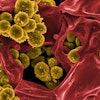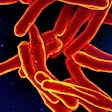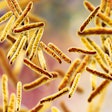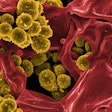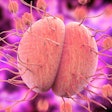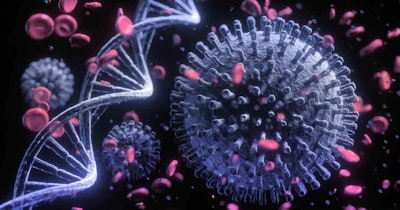
The worldwide market for infectious disease diagnostics is estimated at $3.7 billion and expected to grow to $4.9 billion in 2026, according to Kalorama Information, an IVD market research firm and sister publication of LabPulse.com.
The findings are described in a recent Kalorama report, Emerging Infectious Disease Market Trends, 2022.
Although COVID-19 and monkeypox dominate the headlines, numerous other infectious diseases also threaten world populations, and world health authorities must prepare and plan for the possibility that a new disease will arrive.
As noted by the World Health Organization (WHO), acknowledging the possibility of a heretofore unknown "Disease X" involves the understanding that a serious international epidemic could be caused by a pathogen currently unknown to cause human disease.
In 2015, WHO held a workshop on prioritization of pathogens “for accelerated R&D for severe emerging diseases with potential to generate a public health emergency, and for which no, or insufficient, preventive and curative solutions exist.” The list was updated in 2018 and again in 2021. Among these are Ebola, Zika, MERS, Nipah, and Lassa fever.
Of particular concern are mosquito-borne diseases, because of the speed by which they can spread and recent trends of diseases “island-hopping” into the U.S. via the Caribbean. For many mosquito-borne illnesses, there are no vaccines and little in the way of treatment given that the infections are viral. Thus, preventing the illness is key. Malaria, chikungunya, yellow fever, dengue, West Nile virus, and Zika are mosquito-borne diseases.
Disease prevention is dependent on local governments and even homeowners in some cases. Local mosquito control departments ascertain the numbers and types of mosquitos in an area and the infections they may be spreading. Professionals share prevention information with the public and use multiple methods at the same time to kill mosquito larvae and adult mosquitos.
Professionals from local government departments or mosquito control districts develop mosquito control plans, perform tasks to control mosquito larvae and adult mosquitos, and evaluate the effectiveness of actions taken. Methods can include eliminating mosquito larval habitats, applying larvicides to kill mosquito larvae, or spraying insecticides from trucks or aircrafts to kill adult mosquitos.
Mosquitos have natural predators that collectively can exert some influence on reducing mosquito populations. However, with a very few exceptions, predators generally have little effect on reducing the mosquito population over a large area. Predators of mosquitos include bats, birds, goldfish, guppies, bass, bluegill, catfish, frogs tadpoles, turtles, dragonflies, damselflies, and spiders.
Non-mosquito-borne diseases of concern include tuberculosis, Chagas, Lyme disease, Marburg virus, Rift Valley fever, Ebola, Ross River virus, Crimean-Congo hemorrhagic fever (CCHF), Nipah, and Lassa fever.



